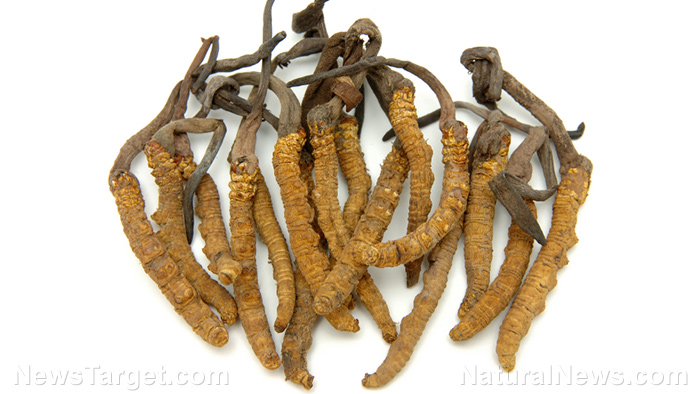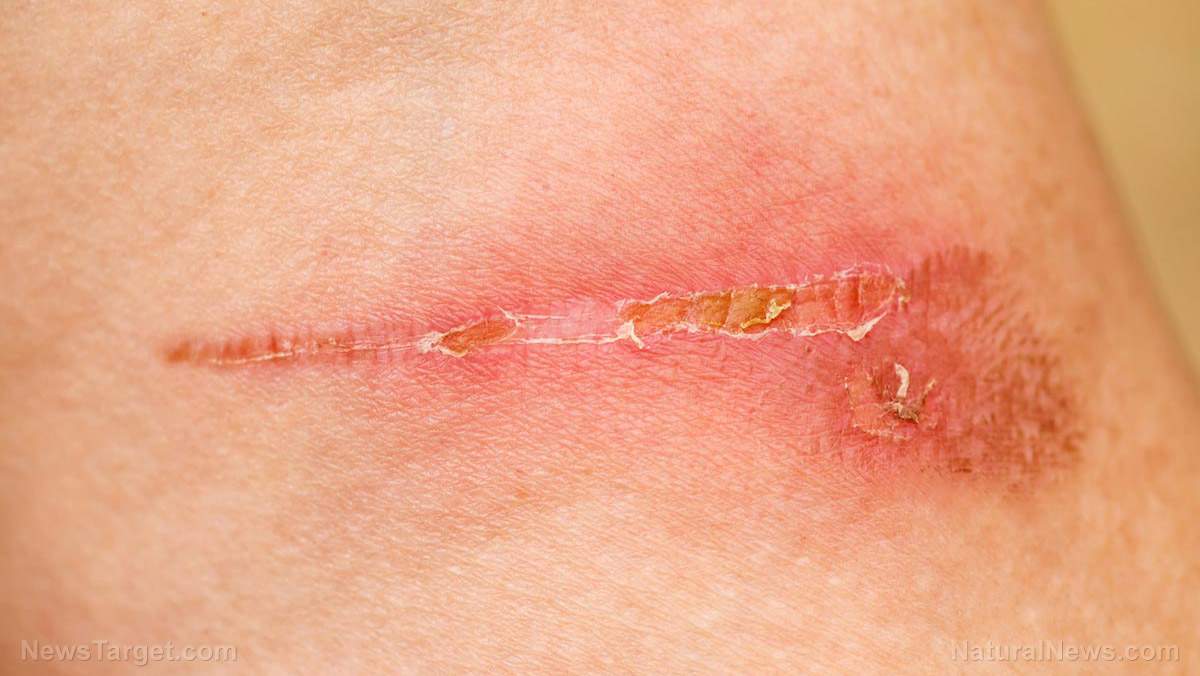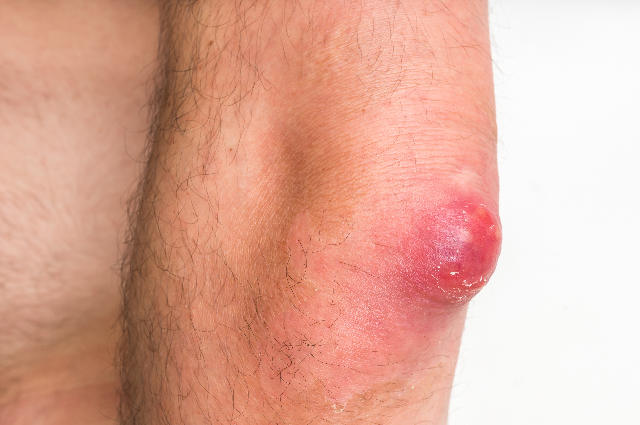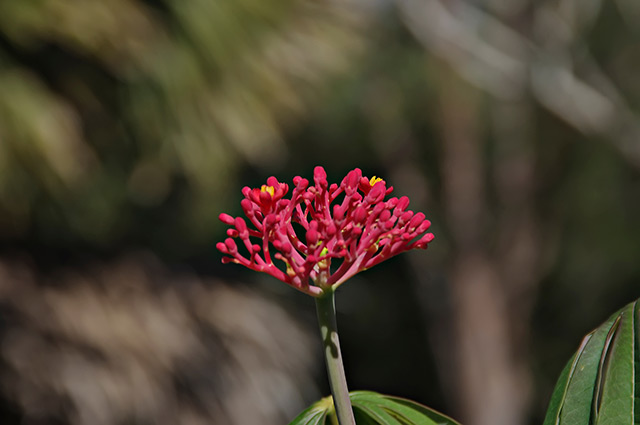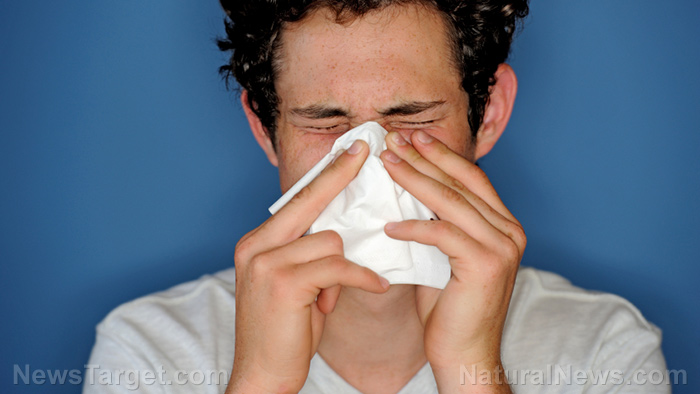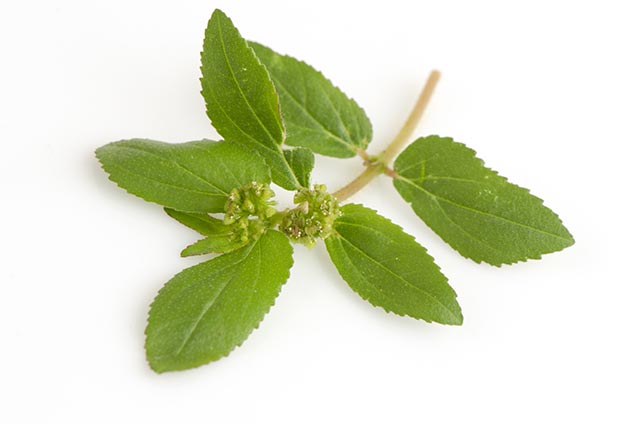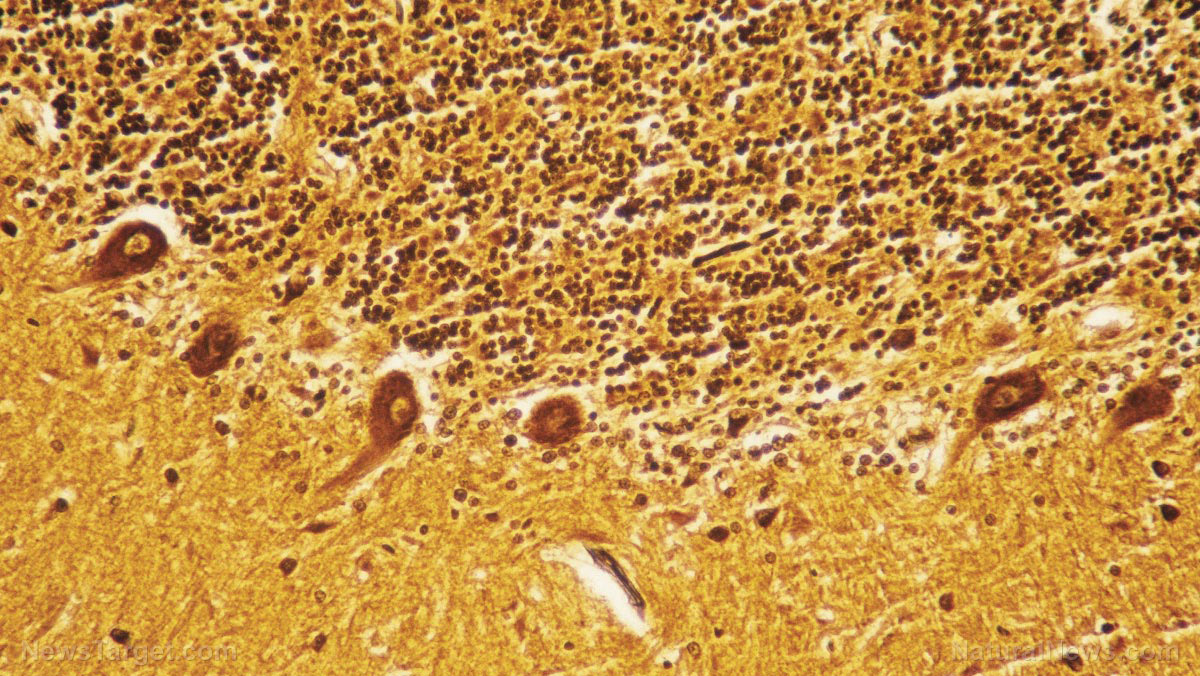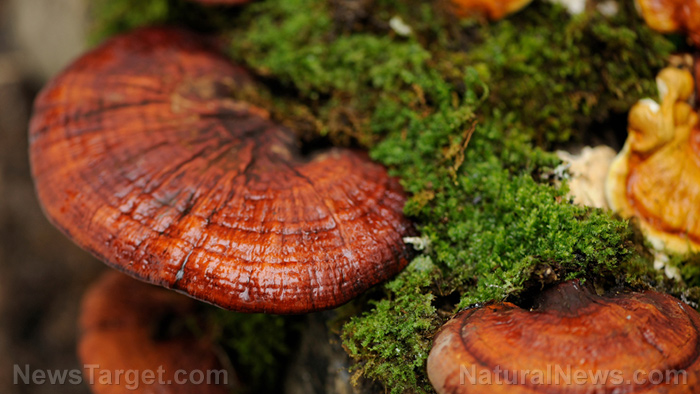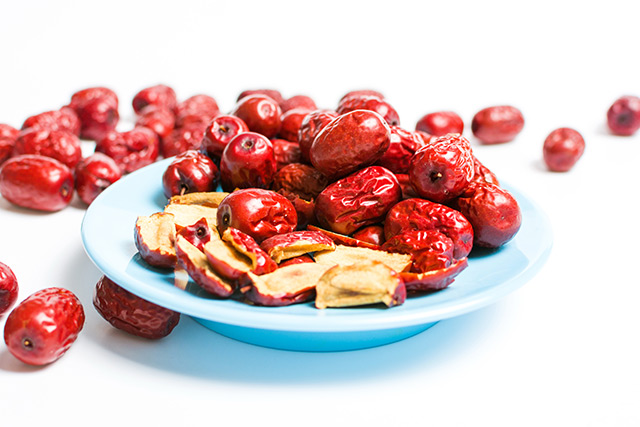Holistic treatments for asthma in children: TCM found to be effective at reducing attacks, hospitalizations
09/11/2018 / By Rhonda Johansson
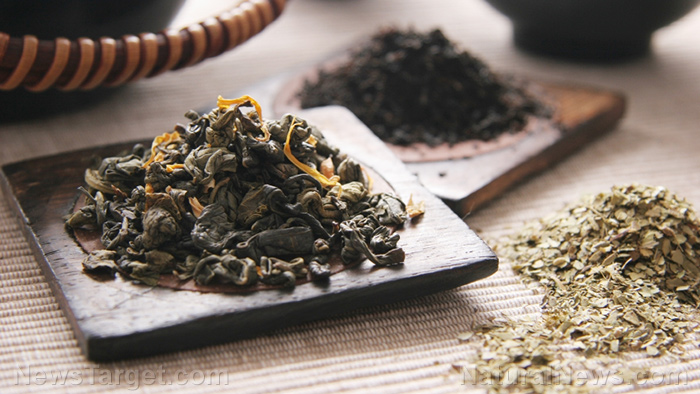
The regulatory effects of established Chinese herbal formulas as well as time-honored practices such as acupuncture and moxibustion were recently reviewed by a team from the Bureau of National Health Insurance of Taiwan. In it, researchers found that holistic treatments based on traditional Chinese medicine (TCM) were effective in reducing symptoms of pediatric asthma. The authors concluded that a TCM program could lower exacerbations and hospitalization frequency for children with asthma by reducing the vagal tone in asthmatic patients.
These results further emphasize the importance of using TCM for various conditions. Asthma, a condition that affects millions of children globally, is typically treated with daily medications and a quick-relief inhaler. The concept that conventional medicine uses is that asthma can be properly managed so that patients can live a relatively normal life. This differs from Eastern medicine which believes in treating diseases at their core — illnesses are symptomatic of an underlying imbalance. TCM, in particular, applies this philosophy and treatment programs usually involve not only the intake of various herbs and teas but the application of other practices such as tai chi. A full dietary plan can also be discussed with one’s TCM practitioner.
Researchers of the new study were curious to discover if TCM could be an effective alternative to traditional asthma treatments. As part of the study, they studied around 60 children (with an average age of six) from Taiwan between January 1, 2006 and December 31, 2010. Children who participated in a comprehensive TCM program during the time period were less likely to visit the hospital for an asthma attack and had fewer breathing problems.
Their findings establish TCM as a scientifically validated healing practice for the reduction of asthma symptoms.
TCM for asthma
A 2016 review of 29 studies concluded that herbal medicines combined with pharmacotherapy improved asthma outcomes greater than typical medicine alone. The herbs used within these studies included licorice root, crow-dipper, angelica, and astragali. Across all boards, asthmatic patients who used these herbs had improved lung function and were less likely to check themselves into a hospital or health clinic for a severe asthma attack.
In conjunction with herbal remedies, TCM healers may prescribe acupoint herbal patching (ACP) to ease breathing patterns. ACP uses specific Chinese herbs that are “hot” in nature. These plants are then ground into powder and mixed with ginger extract to form small pellets which are then pressed into specific acupoints. TCM healers have said that ACP is an unusually effective treatment for asthma as it stimulates and regulates specific meridians in the body that make the body “cold.”
A study testing the efficacy of ACP for asthma proved this. Another 2016 analysis of the TCM practice concluded that ACP reduced asthmatic symptoms by 69 percent. Furthermore, no adverse effects were noted among the patients.
All in all, TCM programs for asthma would involve the ingestion of specific herbs and regular ACP sessions. The effects of the program are cumulative; those with severe conditions should not expect results within a few days. As with any other TCM treatment program, these healing practices take time. That said, their effects are usually longer lasting than conventional medicine.
The concept of TCM
There are four pillars that govern the TCM practice. These influence how your treatment program will be made. Understanding these concepts will help you better understand why you are being told to eat a certain food or go through a specific treatment.
- The human body is the miniature version of the universe.
- Each and every illness is caused by an imbalance of the five elements (fire, earth, wood, metal, and water).
- Qi is the vital energy that helps maintain health.
- Health is achieved when there is harmony between the two opposing but complementary forces of yin and yang.
Sources include:
Tagged Under: alternative medicine, asthma, childhood asthma, children's health, herbal cures, herbal remedies, holistic, natural cures, natural healing, natural medicine, TCM, traditional Chinese medicine

